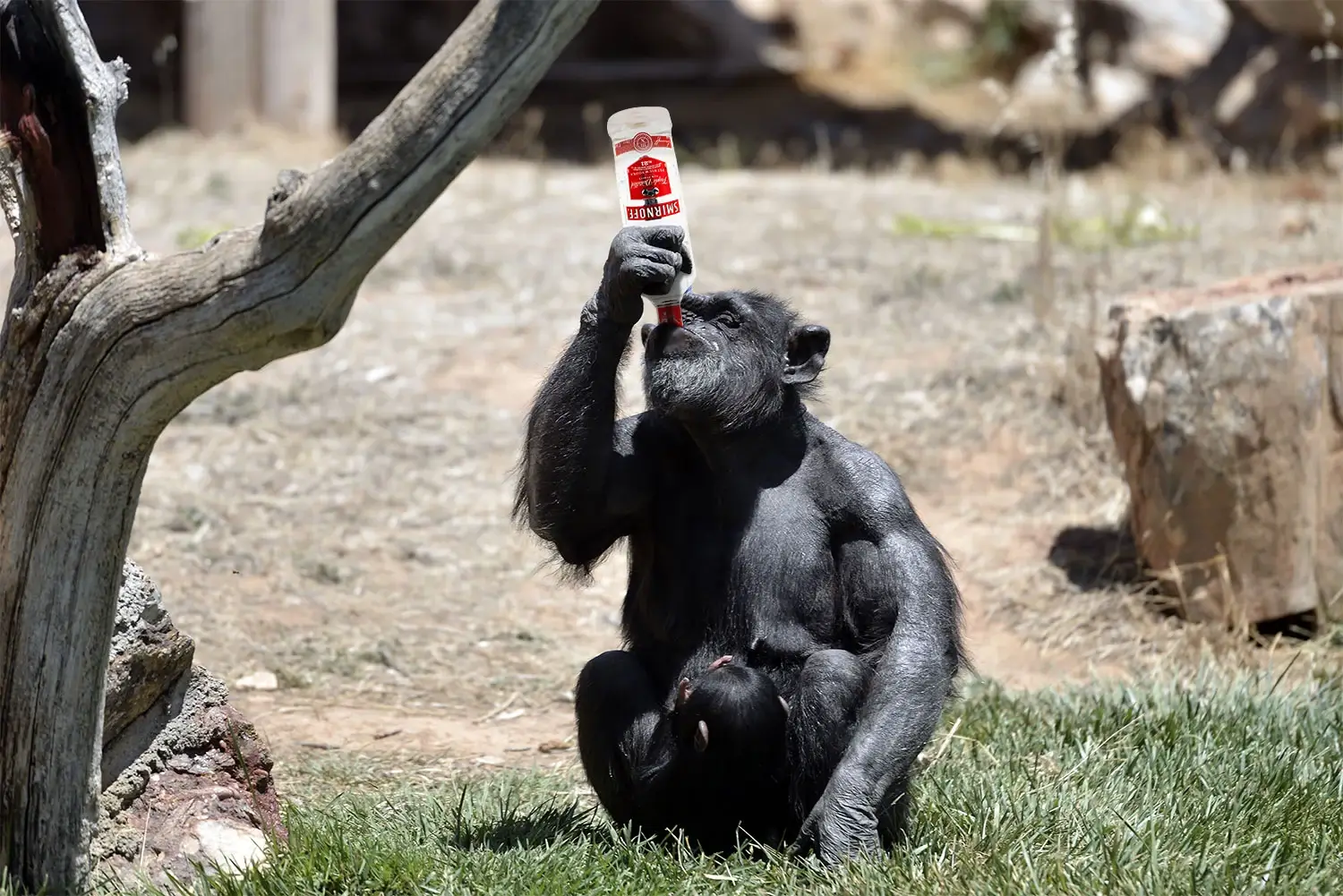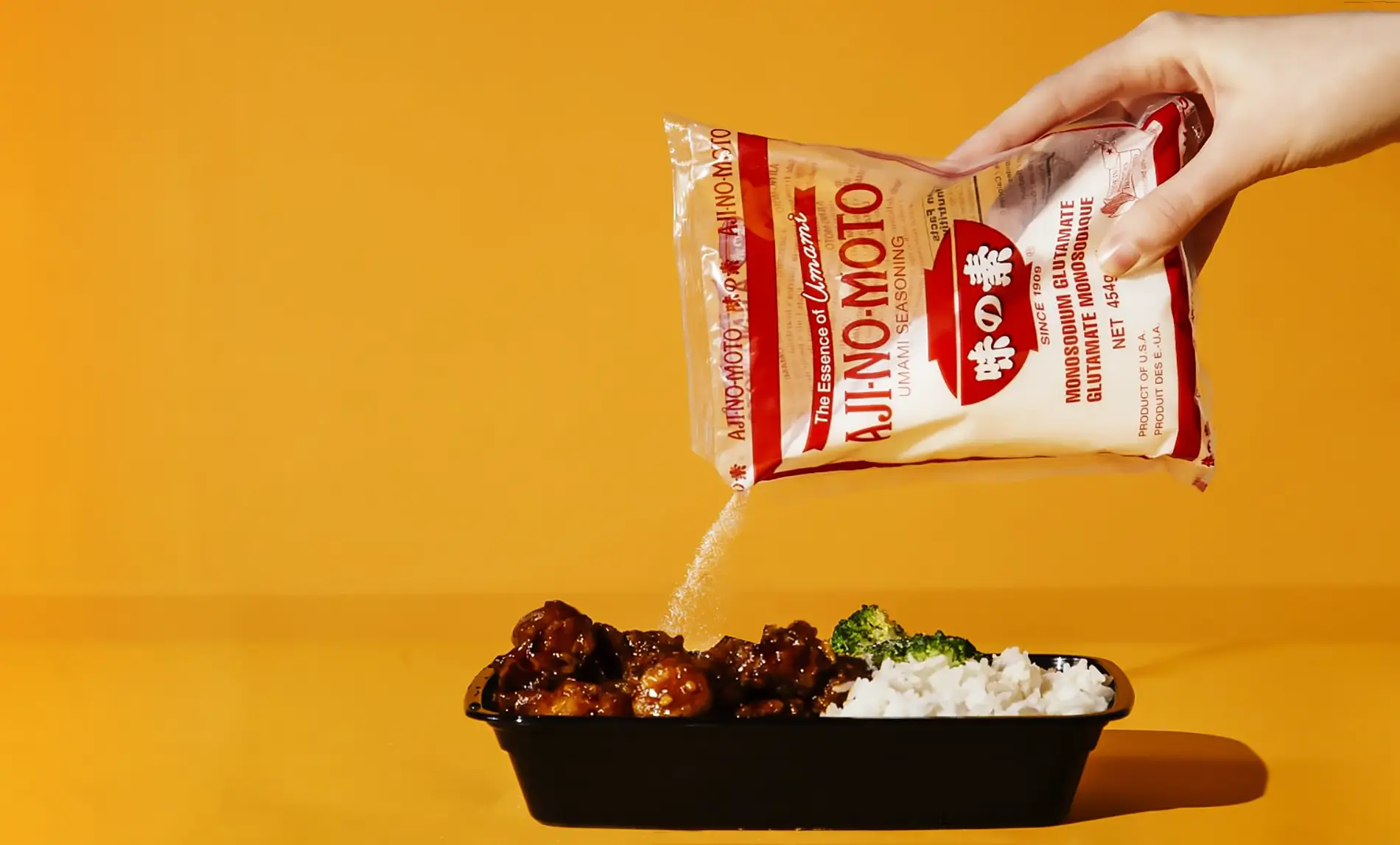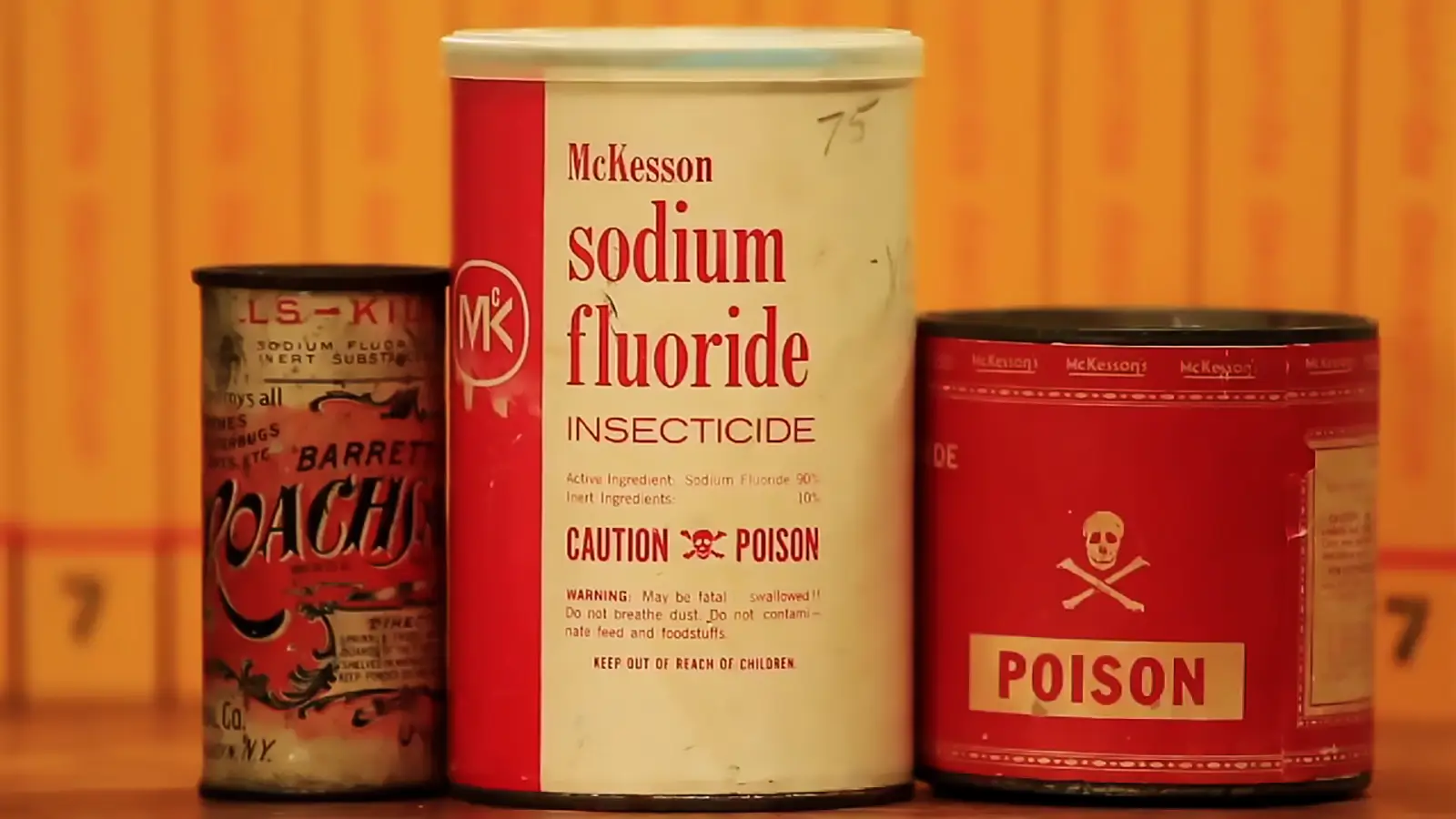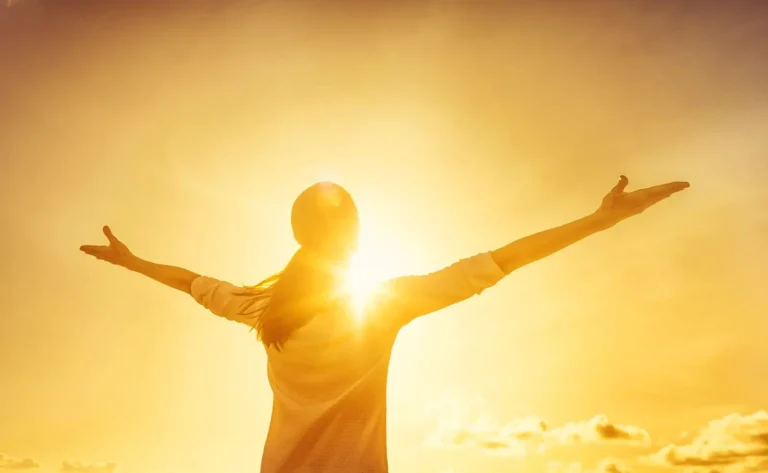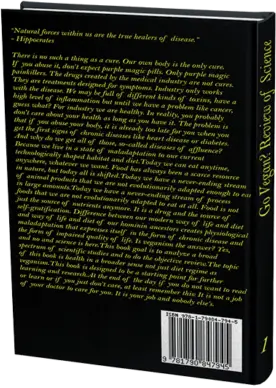Detoxification and pregnancy toxicity exposure risk- The vegan argument
Pregnancy toxicity exposure level for an average woman is tested to be around 35 different chemicals including both banned and contemporary contaminants.
Milos Pokimica
Written By: Milos Pokimica
Medically Reviewed by: Dr. Xiùying Wáng, M.D.
Updated May 28, 2023There are thousands of different man-made chemical toxins in the environment and this can be a risk for fetal pregnancy toxicity. Most people are familiar with pesticides because they are used regularly in millions of tons annually. Then they are different industrial chemical pollutants, heavy metals, and other man-made pollution. There are even levels of prescribed drugs in wild fish. Most of the drugs we take are extracted in urine and can end up in waterways. Drugs that are stable like Prozac, for example, end up polluting waterways. Chemicals we do not drink but use for cosmetics like hair dyes or creams with hundreds of different chemicals like paraben for example also end up in waterways. Several studies had confirmed the presence of trace concentrations of PPCPs (Pharmaceuticals and Personal Care Products) in all types of water. Surface water and finished drinking water have it. Do they pose any health risk is largely unknown.
The concentrations are low, but there is concern that some of them can bioaccumulate. The point of this argument is that even the small pills that people take from time to time like ibuprofen can be detected in the environment. Dumping the tens of thousands of tons of chemicals produced in factories every year that do not degrade and stay in the environment for eternity, usually is not a good thing. If we count all of the industries around 700 new chemicals are introduced into the US market. That is just the US without any other country in the world. In the US alone more than 84,000 chemicals are used in processing, manufacturing, and other types of industries. This does not count all the drugs from the pharmacy.
These chemicals are everywhere, but the scary fact is that there is no safety data on most of them. They are in the water, air, soil, our food supply, and everyday products. Some groups of people also have higher exposure to these toxic environmental chemicals than others. For instance, workers who work on farms have higher exposures to chemicals used on the crops.
One especially susceptible group is pregnant women. Some pollutants can have a negative impact on fetal development. The amount of pollution in the environment will affect the fetus much more than the mother.
During pregnancy, the baby’s nervous system and all of the other organs are developing rapidly and the baby does not have an immune system and developed detoxifying mechanisms and can be more sensitive to the toxic effects of pesticides. Exposure to these substances directly causes birth defects, stillbirth, and spontaneous abortion.
We now know that pregnant women exposed to DDT have a significantly increased risk of premature birth. They are also at risk if they go full-term to have low birth weight babies. Studies in mice have found that DDE (DDT metabolite) blocks the binding of the hormone progesterone to its receptors. Home abortion pills like Misoprostol work by the same mechanism by blocking the binding of progesterone. It is the same mechanism of action with no difference. In the environment, DDT in some species that are more sensitive to it can cause the extinction of the entire species. For instance, DDT is linked with severe declines in bald eagle populations due to its effect on the thinning of eggshells. After the DDT ban was in place, it took decades but bald eagle numbers had returned to optimal levels, and they are not endangered species anymore. Because of its toxic effects, DDT is banned in the developed world, but in Africa, it is still used. It is cheap and can combat malaria which are two conditions that force the use of DDT to this day. But what about thousands of other toxic man-made chemicals and heavy metals and other forms of environmental pollution?
The logical step is to minimize exposure. One of the ways is going low on a food chain, and the other is eating organic. That is it. The only thing we can do. Go natural. Natural meaning natural human diet. Diet low on the food chain. If not, we will get exposed to neurotoxic substances like mercury and lead and endocrine disruptive substances like POPs (persistent organic pollutants) and all of the carcinogens and pro-inflammatory compounds with systematic and chronic effects on our health.
When they tested the U.S. pregnant woman in a study done in 2011, they found that almost all of the pregnant women had toxicity from multiple chemicals and with some that were banned since the 1970s. Every couple of years CDC measures the number of environmental pollutants in the bodies of Americans across the country. In this study (Woodruff et al., 2011) they analyzed biomonitoring data from the National Health and Nutritional Examination Survey (NHANES). Analyzing data for 163 chemicals they found that certain pesticides, toxic solvents, endocrine disruptors, carcinogens, and heavy metals were detected in 99–100% of pregnant women.
On average pregnant woman is polluted with around 35 different chemicals including both banned and contemporary contaminants. Chemical cocktail levels of many of these chemicals were comparable to the levels incorporated in investigations and studies dealing with pregnancy and in levels that can have fatal adverse effects. Pregnant women were exposed to multiple chemical cocktails at one time, many of which can affect the same adverse outcomes later in life. Having one or two chemicals is bad enough but having 35 of them all the time and having hundreds of them running through your body from time to time is toxic overload with synergistic effects that will have a significant impact on your health from pregnancy toxicity to chronic inflammation to full-blown disease.
If you want to become pregnant and decide to detoxify the short answer is that you cannot. Detoxification depends on the individual half-life of these pollutants with the presumption that you would never have any pollution in your life again. Which is not possible no matter what you do. In this study (Arguin et al., 2010) aim was to design the diet to prevent or reduce the body load of organochlorines (OC) in humans. Organochlorines are chemical compounds that were widely used after World War 2 as insecticides in the industry but were banned in the 1970s. They are resistant to degradation, so they still continue to be present in most of the food chains, and because they are fat-soluble, they accumulate in the adipose tissue of organisms. Study 1 compared plasma OC concentrations between vegans and omnivores. Study 2 looked into dietary fat substitute olestra. They wanted to test if olestra could prevent the increase in OC concentrations that happen during dieting. What they observed was that OC plasma concentrations were significantly lower in vegans.
In conclusion, there was a trend toward significantly lesser contamination in vegans than omnivores, and olestra did not prevent plasma hyper-concentration of the OC during ongoing weight loss. What surprised the researchers is that vegans had as much as they did because theoretically they should not be exposed to a high degree of these pesticides. Vegans tend to have around 30 to 40 percent lower plasma concentrations. The conclusion was that vegans may be exposed to mother milk at the time of lactation and that becoming vegan or vegetarian is often a decision that is made in adulthood. Thus the omnivore diet during childhood and puberty results in contamination that is still detectable in adults. In addition, vegans may occasionally depart from their diet and eat animal products.
Detoxification is a slow process and cannot be done on a weekend of detox diet cleansing or fasting. Detox starts with clean food. If we chose to go vegan, we would still get exposed because we live in our environment, not in a bubble. Most of the plant food has some pollution in them. Some have more pesticides or heavy metals, or other types of toxins some have less, and even organic food is not truly organic because it will pick up some of the toxins from the environment. We could not have clean food in a filthy environment only thing we could hope for is cleaner food, and that cleaner food is much more expensive, so if we look realistically, we will get exposed no matter what we do.
References:
- Woodruff, T. J., Zota, A. R., & Schwartz, J. M. (2011). Environmental chemicals in pregnant women in the United States: NHANES 2003-2004. Environmental health perspectives, 119(6), 878–885. https://doi.org/10.1289/ehp.1002727
- Arguin, H., Sánchez, M., Bray, G. A., Lovejoy, J. C., Peters, J. C., Jandacek, R. J., Chaput, J. P., & Tremblay, A. (2010). Impact of adopting a vegan diet or an olestra supplementation on plasma organochlorine concentrations: results from two pilot studies. The British journal of nutrition, 103(10), 1433–1441. https://doi.org/10.1017/S000711450999331X
Related Posts
Do you have any questions about nutrition and health?
I would love to hear from you and answer them in my next post. I appreciate your input and opinion and I look forward to hearing from you soon. I also invite you to follow us on Facebook, Instagram, and Pinterest for more diet, nutrition, and health content. You can leave a comment there and connect with other health enthusiasts, share your tips and experiences, and get support and encouragement from our team and community.
I hope that this post was informative and enjoyable for you and that you are prepared to apply the insights you learned. If you found this post helpful, please share it with your friends and family who might also benefit from it. You never know who might need some guidance and support on their health journey.
– You Might Also Like –

Learn About Nutrition
Milos Pokimica is a doctor of natural medicine, clinical nutritionist, medical health and nutrition writer, and nutritional science advisor. Author of the book series Go Vegan? Review of Science, he also operates the natural health website GoVeganWay.com
Medical Disclaimer
GoVeganWay.com brings you reviews of the latest nutrition and health-related research. The information provided represents the personal opinion of the author and is not intended nor implied to be a substitute for professional medical advice, diagnosis, or treatment. The information provided is for informational purposes only and is not intended to serve as a substitute for the consultation, diagnosis, and/or medical treatment of a qualified physician or healthcare provider.NEVER DISREGARD PROFESSIONAL MEDICAL ADVICE OR DELAY SEEKING MEDICAL TREATMENT BECAUSE OF SOMETHING YOU HAVE READ ON OR ACCESSED THROUGH GoVeganWay.com
NEVER APPLY ANY LIFESTYLE CHANGES OR ANY CHANGES AT ALL AS A CONSEQUENCE OF SOMETHING YOU HAVE READ IN GoVeganWay.com BEFORE CONSULTING LICENCED MEDICAL PRACTITIONER.
In the event of a medical emergency, call a doctor or 911 immediately. GoVeganWay.com does not recommend or endorse any specific groups, organizations, tests, physicians, products, procedures, opinions, or other information that may be mentioned inside.
Editor Picks –
Milos Pokimica is a health and nutrition writer and nutritional science advisor. Author of the book series Go Vegan? Review of Science, he also operates the natural health website GoVeganWay.com
Latest Articles –
Top Health News — ScienceDaily
- Type 2 diabetes physically changes the human heart, study findson January 4, 2026
Type 2 diabetes doesn’t just raise the risk of heart disease—it physically reshapes the heart itself. Researchers studying donated human hearts found that diabetes disrupts how heart cells produce energy, weakens the muscle’s structure, and triggers a buildup of stiff, fibrous tissue that makes it harder for the heart to pump. These changes are especially severe in people with ischemic heart disease, the most common cause of heart failure.
- Scientists found a way to help aging guts heal themselveson January 4, 2026
Researchers have discovered a way to help aging intestines heal themselves using CAR T-cell therapy. By targeting senescent cells that build up over time, the treatment boosted gut regeneration, reduced inflammation, and improved nutrient absorption in mice. It even helped protect the intestine from radiation damage, with benefits lasting up to a year. Early results in human intestinal cells suggest the approach could one day improve gut health in older adults and cancer patients.
- A weak body clock may be an early warning for dementiaon January 4, 2026
Your daily rhythm may matter more for brain health than previously thought. Older adults with weaker, more disrupted activity patterns were far more likely to develop dementia than those with steady routines. A later daily energy peak was also linked to higher risk. The study points to the body clock as a possible early warning sign for cognitive decline.
- The hidden timing system that shapes how you thinkon January 3, 2026
The brain constantly blends split-second reactions with slower, more thoughtful processing, and new research shows how it pulls this off. Scientists discovered that brain regions operate on different internal clocks and rely on white matter connections to share information across these timescales. The way this timing is organized affects how efficiently the brain switches between activity patterns tied to behavior. Differences in this system may help explain why people vary in cognitive ability.
- Scientists tested intermittent fasting without eating less and found no metabolic benefiton January 3, 2026
Time-restricted eating has been widely promoted as a simple way to boost metabolic health, but new research paints a more complicated picture. When calorie intake stayed the same, an eight-hour eating window did not improve insulin sensitivity or cardiovascular markers. What did change was the body’s internal clock, which shifted based on meal timing and altered sleep patterns. The results suggest calorie reduction, not the eating window itself, may be the real driver of health benefits.
- Age does not stop nerve healing after spinal cord injuryon January 3, 2026
As spinal cord injuries increasingly affect older adults, new research reveals a surprising pattern in recovery. The study shows that aging does not appear to slow the healing of nerves themselves, with older patients regaining strength and sensation at rates similar to younger people. However, age makes a clear difference in how well people recover everyday abilities like walking, mobility, and self-care.
- New antibiotic pill shows promise against drug-resistant gonorrheaon January 3, 2026
A one-dose oral drug called zoliflodacin has proven highly effective against gonorrhoea in a major international trial. The pill matched the success of current treatments while avoiding injections and complex dosing. As antibiotic resistance spreads, this new option could make treatment simpler and more accessible worldwide. Approval could mark a major step forward in controlling a stubborn global STI.
PubMed, #vegan-diet –
- Vegetarian Dietary Patterns for Adults: A Position Paper of the Academy of Nutrition and Dieteticson December 31, 2025
It is the position of the Academy of Nutrition and Dietetics that, in adults, appropriately planned vegetarian and vegan dietary patterns can be nutritionally adequate and can offer long-term health benefits such as improving several health outcomes associated with cardiometabolic diseases. Vegetarian dietary patterns exclude meat, poultry, and seafood, and vegan dietary patterns exclude all foods of animal origin. Registered dietitian nutritionists (RDNs) and nutrition and dietetics…
- Impact of alpha-linolenic acid supplementation on long-chain n-3 fatty acid profiles in Western, flexitarian, vegetarian, and vegan dietson December 31, 2025
CONCLUSION: In conclusion, flaxseed oil supplementation combined with a controlled diet effectively improves n-3 LCPUFA status irrespective of habitual diet. The extent of relative improvement was primarily determined by baseline EPA concentrations.
- Academy of Nutrition and Dietetics’ Vegetarian Position Paper Mistakenly Links Vegetarian and Vegan Diets with Vitamin D Deficiencyon December 31, 2025
No abstract
- The effect of a vegan diet with or without resistance exercise on thigh muscle volume in older adults. Research protocol of the Vold-study: a 12-week randomized controlled trialon December 26, 2025
BACKGROUND: Plant-based diets are increasingly adopted. Plant-based foods exhibit a lower protein quantity and quality compared to animal-based foods. As such, a fully plant-based, i.e. vegan, diet may be suboptimal for the maintenance of skeletal muscle mass later in life. The primary objectives of this study protocol are therefore: (1) To assess the effect of a 12-week self-composed vegan diet in comparison to an omnivorous diet on thigh muscle volume in community-dwelling older adults; and…
- Comparing diet-related attitudes, perceptions, and behaviors of vegan and omnivorous adults: results from a cross-sectional survey study in Germanyon December 22, 2025
CONCLUSION: The findings are consistent with and build on existing research on cognitive and behavioral patterns related to a vegan diet, while at the same time yielding some additional insights. In particular, the results on significant differences in the risk-benefit perception of a vegan diet, as well as on motivations and influences regarding the decision to follow a vegan diet provide an important basis for the development of public health interventions and a foundation for further […]
Random Posts –
Featured Posts –
Latest from PubMed, #plant-based diet –
- Adjunctive nutritional intervention improves glycaemia and quality of life in dapagliflozin-treated diabetic patientsby Yifan Liu on January 3, 2026
CONCLUSION: Adjunctive nutritional intervention significantly enhances the glycaemic, renal, nutritional and quality-of-life benefits of dapagliflozin in patients with DN, offering a promising integrated therapeutic strategy.
- Effects of incrementally increased plant-based protein intake on gut microbiota and inflammatory-metabolic biomarkers in healthy adultsby Samira Prado on January 2, 2026
Shifting to a plant-based diet naturally alters protein source choices. In many countries, protein from yellow pea is widely used as a main ingredient in meat alternatives. Still, its biological effects, especially regarding gastrointestinal health, remain incompletely understood. The aim of our study was to investigate how a weekly increase in the intake of a well-characterized pea protein isolate affects surrogate markers of health, fecal short-chain fatty acids and gut microbiota […]
- Uric acid levels mediate the association between four dietary indices and kidney stones in US adults: A cross-sectional study of NHANES 2007-2018by Jinlong Cao on January 2, 2026
CONCLUSION: Healthy dietary patterns are associated with a reduced risk of kidney stones, partially mediated by uric acid levels.
- Nutritional Assessment of Pesticide-associated Metabolic Stress in Plant-based Dietsby Ramona Alina Tomuța on January 2, 2026
CONCLUSION: These findings suggest that chronic dietary pesticide exposure – even at regulatory-compliant levels – may produce a consistent metabolomic signature, particularly when at least five different pesticide, herbicide, or fungicide residues are simultaneously detected, highlighting the potential for cumulative biological effects characterized by oxidative stress, detoxification pathway strain, gut microbiome disruption, and mitochondrial impairment. This underscores the need for…
- The impact of diet and gut microbiota on development, treatment, and prognosis in prostate cancerby Guanmo Liu on January 1, 2026
Prostate cancer (PCa) progression is driven by a complex interplay of factors, including genetics, lifestyle, and environmental influences. Diet and gut microbiota have emerged as pivotal cancer development and treatment response modulators. This review delves into the intricate relationship between dietary modifications and gut microbiota, and their combined impact on PCa progression. Diets abundant in plant-based foods, fiber, and prebiotics promote beneficial gut microbiota profiles that…
- Adherence to healthy dietary patterns and risk of premature aging in adult survivors of childhood cancer in the St. Jude Lifetime Cohort Studyby Tuo Lan on January 1, 2026
CONCLUSION: Adherence to a healthy diet may contribute to reducing the premature aging risk in adult survivors of childhood cancer. Interventions that support healthy eating in this population could potentially have benefits for long-term health outcomes.






